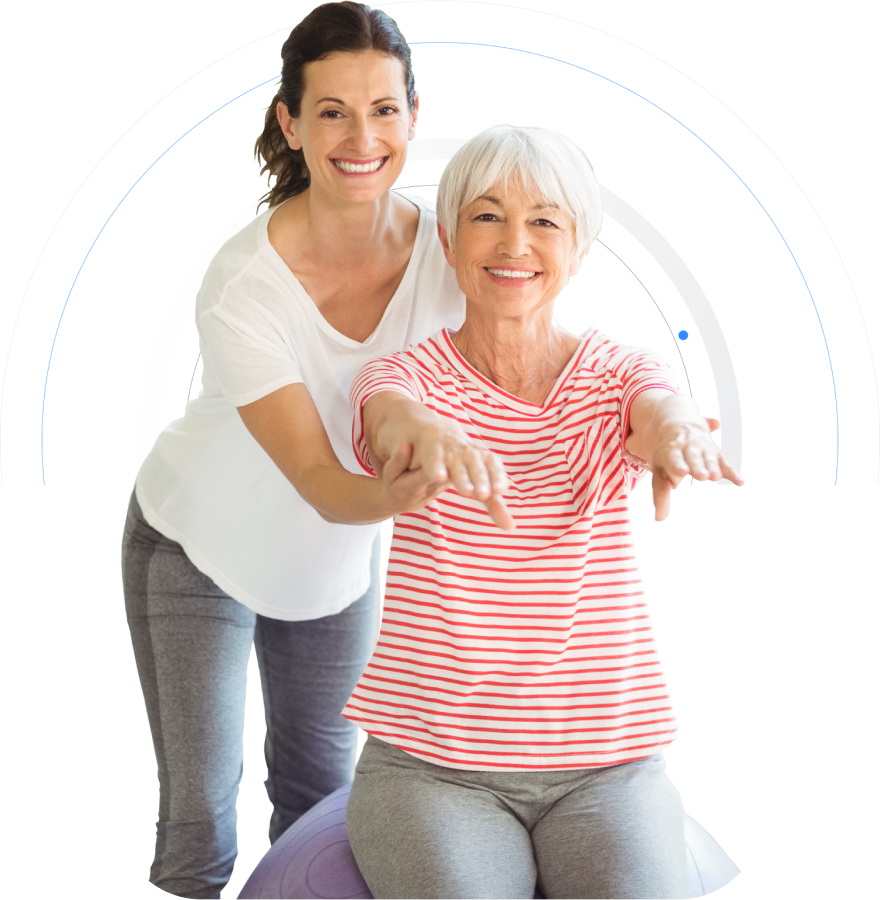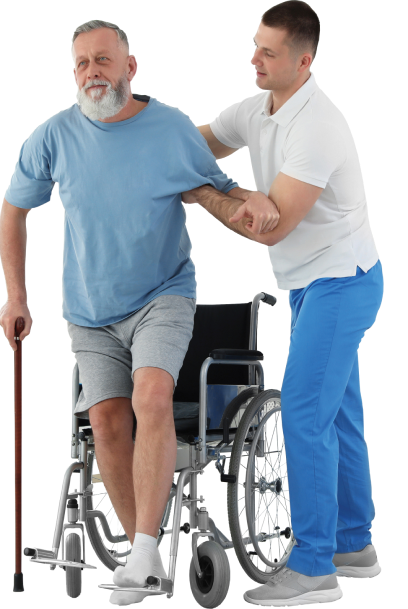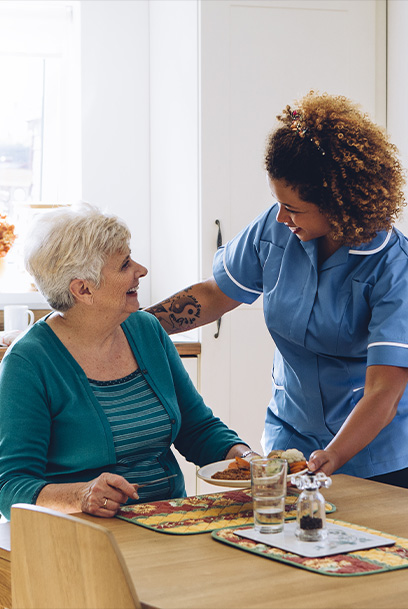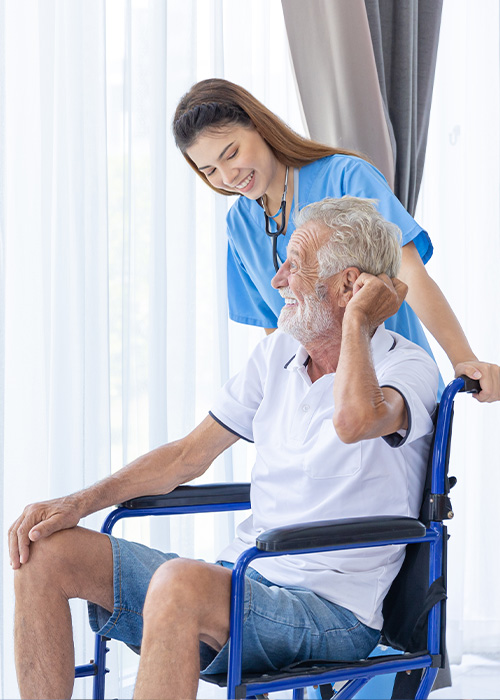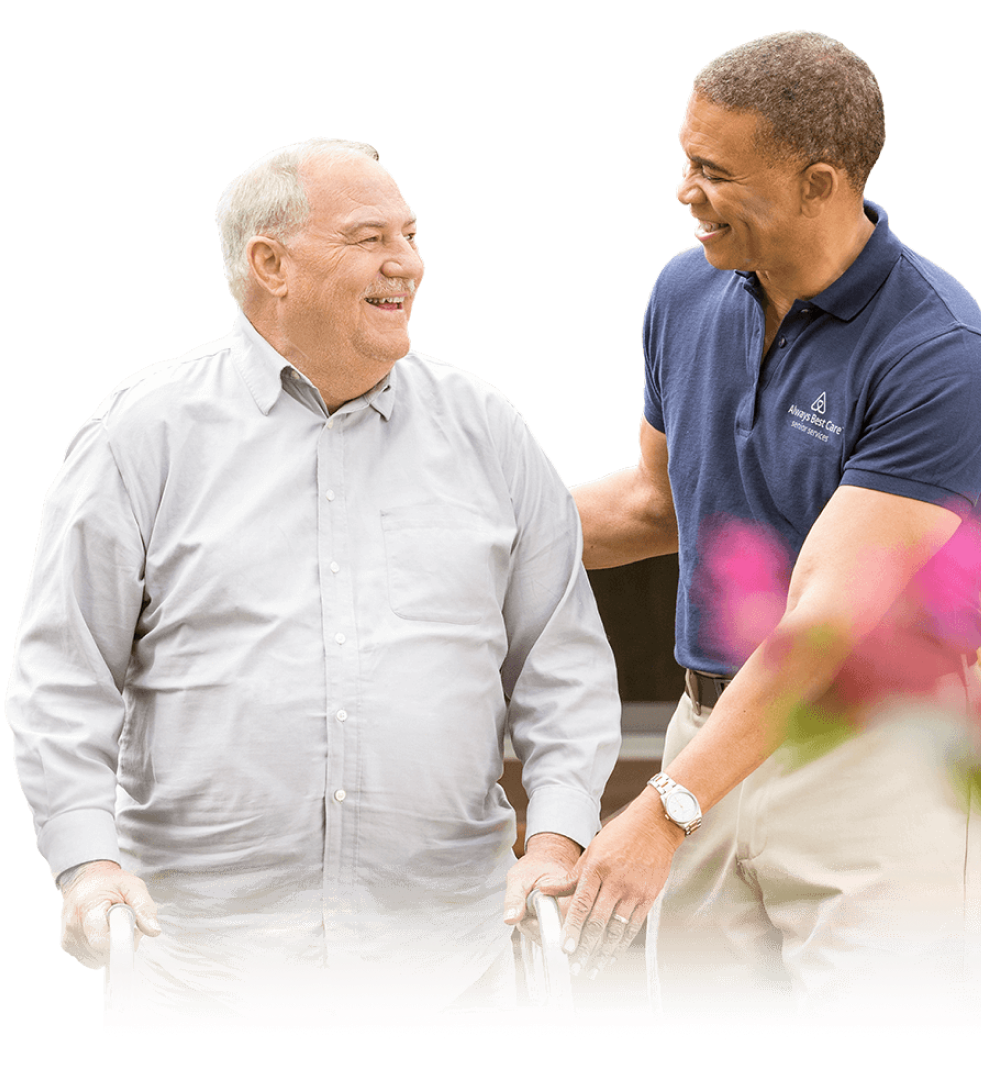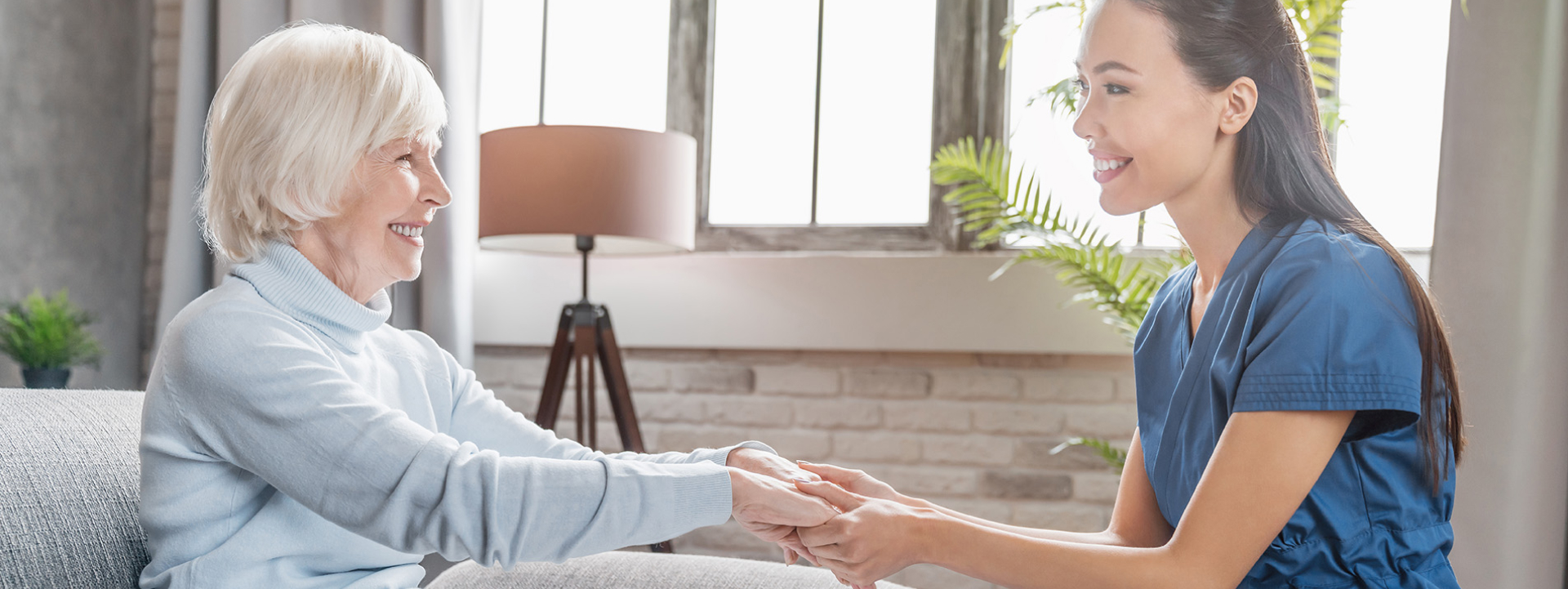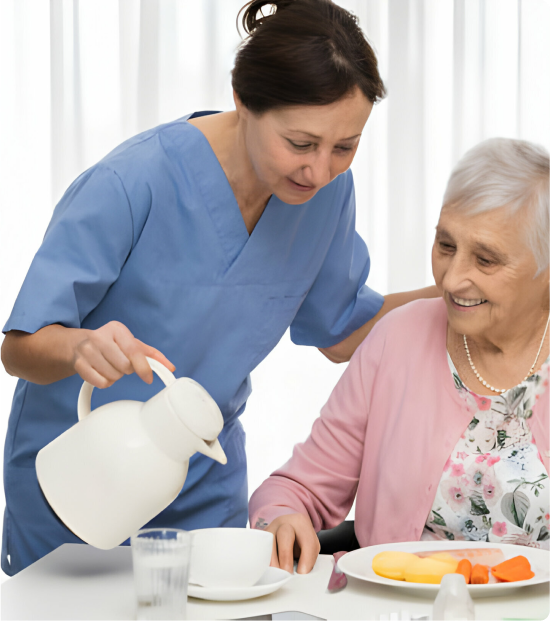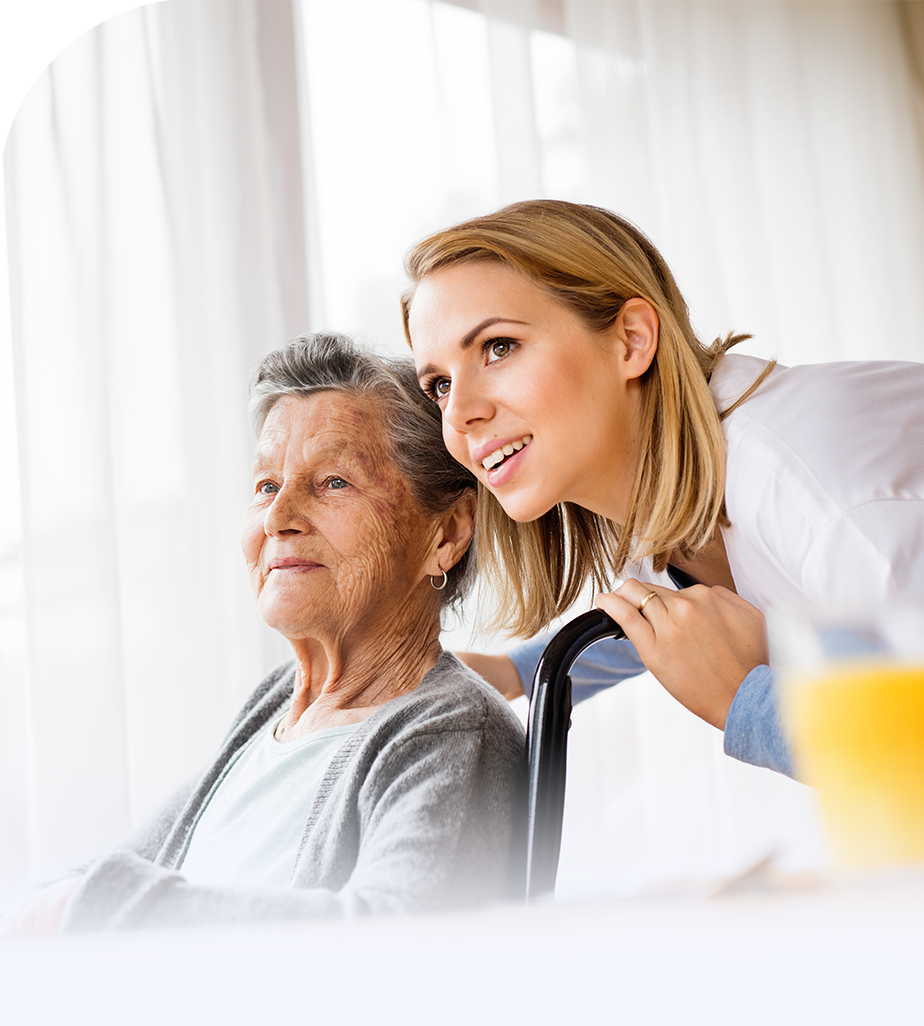Draper • Inmate Ferosa Bluff stood stock-still, barely swaying as she curled one foot behind her knee and stretched her arms toward the gymnasium’s drab ceiling at the Utah State Prison.
Stretched out in a half-moon shape in front of her, 13 other women held the same pose.
Bluff calmly instructed the women to breathe and find their balance as she led the yoga class on a recent Friday. In unison, they followed, pushing and contorting their bodies from position to position.
At the conclusion of the class, the women breathed deeply while laying flat on the gleaming wood floor across yoga mats in a blend of deep blues, magenta and foamy green. Bluff played a soft string song that gradually shifted into a stirring operatic crescendo and looked on at the other women silently.
In an interview with The Salt Lake Tribune, Bluff said yoga has become popular at the prison and helped transform each woman participating for the better.
Yoga helps practitioners quell anger and anxiety, tackle addiction, teach new paths and, above all else, helps them deal with trauma, she explained.
“We store a lot of negative things in our bodies,” Bluff said. “Sometimes women will cry during classes and not know exactly why, but it’s that release.”
“You can have a positive experience in a place that is known for a negative connotation,” she added. “Even in a place like this, we can find the beauty and peace in something like yoga.”
Corrections officers said they have seen a change in inmates.
Regina Dietrick, a correctional officer who often oversees activities in the gymnasium, said she personally supports the program because it has helped these women become grounded.
She recounted that in the beginning inmates speculated about yoga itself and passed it off as just stretching and bending, but as time went on and more became involved, many started feeling inspired by the practice.
“I have seen a big change in how they react to circumstances here in the prison,” Dietrick said. “Those that participate are now much calmer and think about what decisions they will make instead of impulse actions.”
Deeply personal
Outside volunteers have been teaching yoga at the prison for more than a decade, but Bluff, an inmate herself, earned her 200-hour teaching certification in March as part of the first group to do so. Earlier this month, she and four other women began their advanced certification, an additional 300-hour training program.
Their expertise can be traced back to Denise Druce, a yoga teacher at Yoga Assets who specializes in a teaching framework that strives to understand trauma and helps others become yoga instructors.
Druce started volunteering at the Timpanogos Women’s Correctional Facility in December 2017, but she wanted to do more than just teach yoga classes. She wanted to teach the women how to lead their own groups. To do so, she used her nonprofit Yoga Forward to fund the supplies.
For her, the decision to volunteer at the prison was deeply personal.
Druce’s father was incarcerated when she was 13. Throughout the 15 years he was there, she dreaded visiting or even seeing the prison to the point that long after he was released, she would feel sick driving past the Point of the Mountain.
To confront her pain, Druce created the program to train some of the incarcerated women to become yoga teachers. Looking back on her first day, she recounted standing in front of the prison’s steel gates and barbed wire and feeling terrified.
It wasn’t until the first few women started trickling into the gym that she realized teaching was going to be a much different experience than visiting her father as a teenager.
“I was overwhelmed with emotion and a deep feeling of compassion for these women,” she explained. “I looked at them and just imagined that most of them probably have children out there who are having a hard time with them being in prison.”
Druce said she always encourages people to volunteer in an area where they’ve experienced pain — that’s where healing comes in.
Bluff, who now leads weekly classes, was instrumental in creating the teacher training program overseen by Druce and her partner Cynthia Wand.
Of the original 10 participants, Druce said, four graduated and moved to the advanced certification training, and two are still working on their 200 hours. The other four have been released, though three of them are still working on their certification and one has graduated.
Complications
Teaching at the prison is more complex than operating from a studio. Time constraints can be tricky, materials are limited, and sometimes classes are delayed or canceled if an altercation occurred earlier in the day.
It took a reporter from The Salt Lake Tribune several attempts to observe the group yoga class, one of which ended abruptly when there was an issue with the inmate-tracking system. On this occasion, all classes were canceled and everyone, including the reporter and a photographer, were placed on lockdown for nearly two hours until every inmate had been manually counted.
Druce is careful about the type of language she uses while teaching people who have suffered trauma. She avoids saying things like “relax” because an abuser may have said it to the women in the past. She instead uses empowering language that inherently gives participants choice, such as “do this if you would like."
Druce teaches the women in the instructor-training program to do the same.
Recognizing boundaries and being careful with physical touch are also important, she said. A lot of people who have experienced trauma don’t want to close their eyes during meditation or while relaxing.
Druce recounted watching the women transform through the program into stronger, more at peace individuals. She said yoga has helped them be present, which is hard to do behind bars.
Perhaps most inspiring, Druce said, is the ripple effect of women teaching other women.
“I love putting the tools in the hands of the people who are there in the prison 24/7,” she said. “The impact they can make is so much greater than any I can make.”
Expanding yoga
There used to only be one class a week. Now there are three or four a week, because the women who received their 200 hours and are now working toward 300 are leading classes.
Administration from the clothing brand Lululemon recently donated a sum of money to start a similar training program at the Wasatch men’s facility, though a start date is still to be determined, according to Liam Truchard, an information specialist at the Utah Department of Corrections.
Yoga participant Emily Ellington said the program is helping her become more selfless — unlike drug addiction, which she described as inherently selfish. Ellington works in the prison’s substance abuse treatment program.
“It’s hard to verbalize, in prison there are things that can be so depressing, but this has given me some hope,” said Jeanne Mace, another woman now working toward her advanced certification.
She described struggling with feelings of uselessness and how the program has helped her realize that she can’t fix her past, but a little bit of compassion can elevate her life tremendously.
“I need to have it for myself and others,” Mace said.
Eileen McLaughlin is one of the four women released from the facility since the program began. Yoga is still a part of her daily routine. She does it at least 15 to 20 minutes a day — preferably barefoot in the grass.
McLaughlin was incarcerated for 9½ years. Throughout that time, she said she lost family and a great deal of her life.
“In that place you are so broken. They break you down in every way possible, which is kind of actually good because you are able to rebuild yourself back up properly,” she said. “However, you need structure to do that, which is what the yoga program was for me.”
McLaughlin said she’s doing a lot better now than when she was first incarcerated, but it’s not easy either.
“It is very hard reacclimatizing to life after being gone for so long,” she explained.
McLaughlin is not currently teaching. She recently got a job with a yoga activewear company and said her goal now is to start teaching the other employees, bosses and owners — hopefully soon.
“I want to help people not feel the way I have felt. Life is rough as it is, especially being [in prison]. Honestly, just being a woman is a challenge,” she said. “If I can help someone’s life be a little less traumatic, then I believe that I am doing what I’m supposed to.”
The yoga program in the prison helps women realize their worth, something they all struggle with, she said. It helps them find who they are, not just as a mother, sister, wife, boss or employee, but also as an individual.
Sometimes women never find that in life, she said, and that’s really unfortunate.
“These are things that women are not only going to take outside and share with others, but are truly changing who they are as individuals,” McLaughlin said, “and that is what the justice system should be focusing on.”

 435.215.7170
435.215.7170

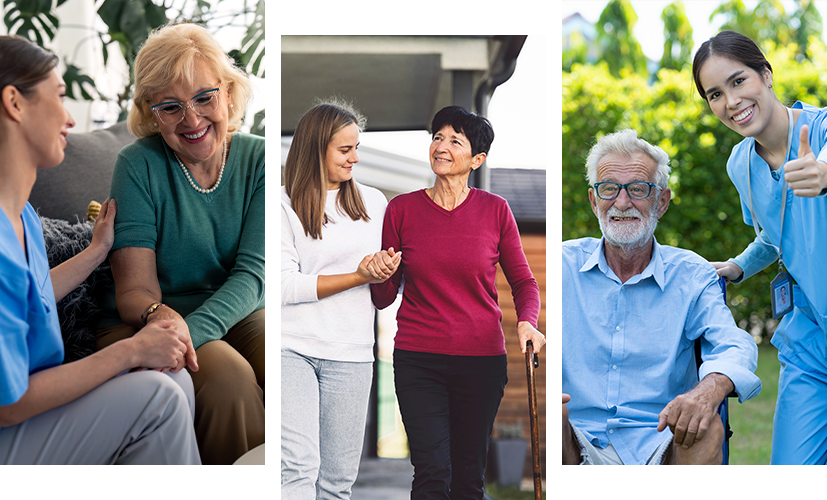


 Service Areas
Service Areas